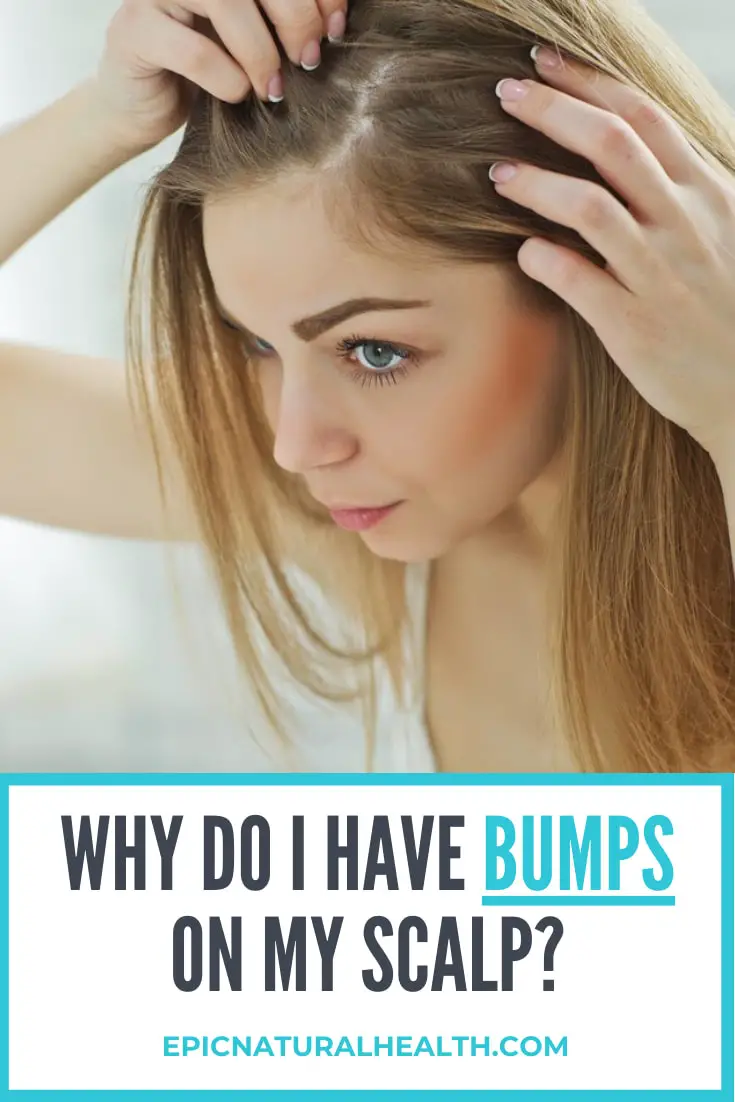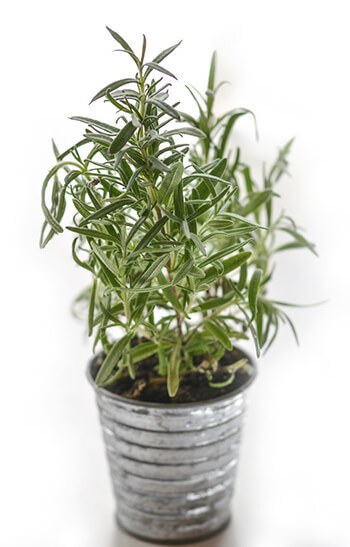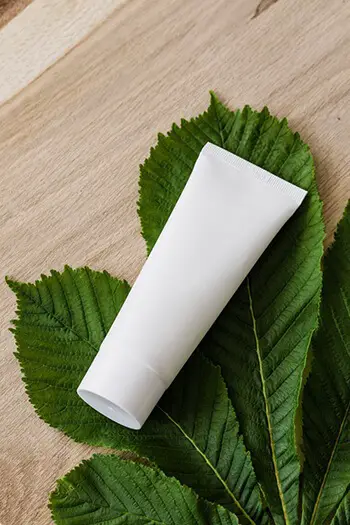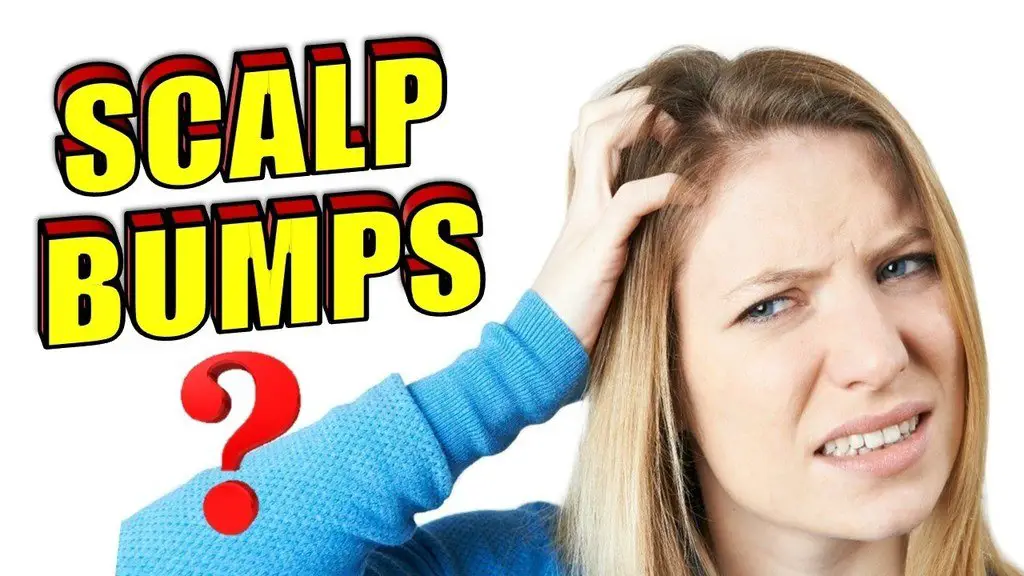Many people get bumps on their scalp and don’t know how to get rid of them.
If you’re looking to understand the cause of your scalp bumps, as well as good treatments to handle the irritation, you’ve come to the right place! This video guide goes into all the detail you need to know, and includes some of the best products to help you treat your bumpy scalp.
So, what are the different types of scalp bumps and how can you treat them?
1. Ringworm

Ringworm, scientifically referred to as tinia capitis, is a scalp infection caused by a tiny fungus called tinea. The signs and symptoms of ringworm include scalp itching, scaling, scalp bumps, and patchy areas of hair loss.
Ringworm is more common in children, although adults can be affected too. It can be easily spread from person to person by sharing personal items like combs, brushes, and towels, and from contact with infected animals, including household pets. A doctor can often diagnose ringworm by simply taking a quick look at your scalp.
2. Folliculitis
When hair follicles on your scalp become inflamed, it can sometimes lead to a condition called scalp folliculitis. Folliculitis can’t only be experienced on the scalp; it can also affect the rest of the body, especially in areas that are irritated by tight clothing or shaving.
Typically, folliculitis causes red scalp bumps that are tender to touch or itchy. The bumps may be filled with a clear or yellow fluid.

It’s caused by bacteria or fungus and is more common in people who don’t wash their hair regularly, and people who wear tight hats or constrictive headwear. It’s also more common in the summer when the air is hot and humid.
Another special type of folliculitis is caused by bacteria called pseudomonas, which comes from soaking or swimming in poorly maintained pools, hot tubs, or whirlpools.
Treating folliculitis can sometimes be difficult, as some of the bacteria that cause the condition have become resistant to antibiotic ointments available at the drugstore. Shampooing every other day with a mild shampoo that contains tea tree oil could help, as tea tree oil has natural antibacterial properties.

3. Seborrheic Dermatitis
Seborrheic dermatitis might sound like a Star Wars character, but it is actually one of the most common scalp conditions. It appears on areas of the body where there are lots of oil-producing glands, like the scalp, upper back, and sometimes the nose.
The exact cause of seborrheic dermatitis is unknown. People of any age can develop it, including children, although it most commonly affects adults.

Treating the condition early and aggressively is recommended to avoid nastier complications such as hair loss. Preservatives, perfumes, and sodium lauryl sulfate can cause itching and flare-ups, so try a natural, fragrance-free alternative and see if that helps. Oils with antiviral, antibacterial, and antifungal properties, like rosemary, tea tree, eucalyptus, lavender, and thyme, can help reduce inflammation and treat the infection.
You can also prevent outbreaks and soothe existing inflammation by reducing your dietary intake of sugar, preservatives, and processed food, as well as reducing stress, exercising daily, and making sure you’re getting enough sleep.
4. Scalp acne
Just like on your face or other parts of your body, acne can form when a hair follicle gets blocked by oil or when grime gets trapped inside. The blockage causes the pore to become inflamed, which can lead to redness and pain or irritation. Scalp acne is often an extension of acne on the face and is caused by using oily hair products or having greasy hair.

You can test to see if you have scalp acne by checking how many bumps you have on your scalp. Like acne on the face, it’s unlikely that scalp acne will cover the whole surface area of your scalp. If this is the case, you probably have another condition, like folliculitis.
You can treat acne around the hairline just like you would with acne on your face. First, wash the area with an oil-free cleanser or a medicated shampoo, then apply a topical acne spot treatment or cream to the area. This should reduce acne-causing bacteria and dry up excess oil, which should help the spot clear up within a few days.
Conclusion
Treating a bumpy scalp can sometimes be difficult, especially if you don’t know what’s causing the issue. With your new knowledge from this video, you should be able to more accurately diagnose your scalp condition, and work out the best treatment plan going forward.
Just be sure to pay a visit to your doctor if your condition worsens or doesn’t go away after a few weeks.

